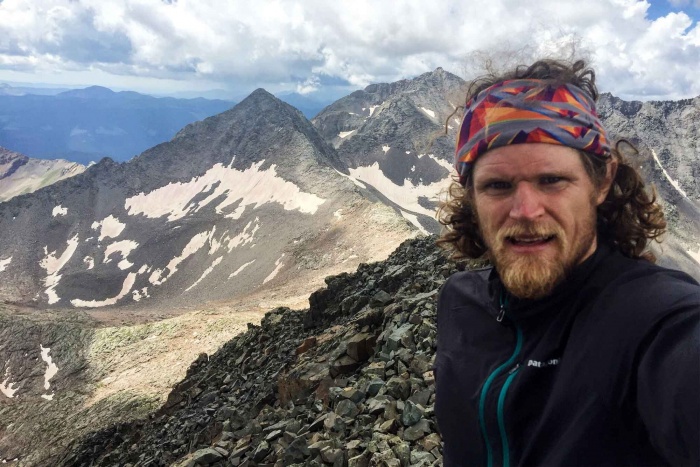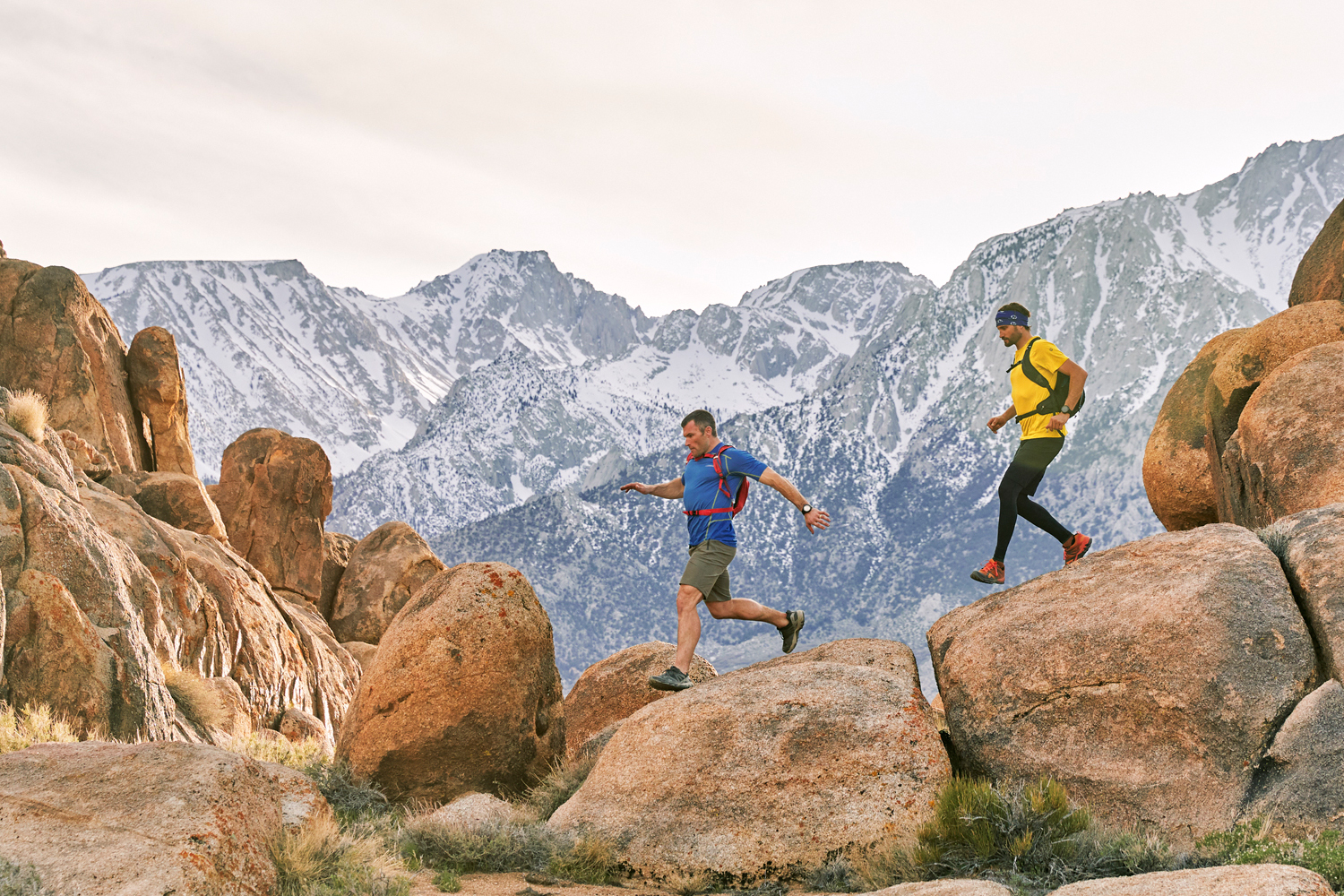Runners are attempting — and crushing — fastest known times like never before. And while brands bet heavily on the trend, detractors claim the practice takes away from the wilderness experience.

Just before 5 a.m. on the morning of October 17, 2017, François D’Haene coasted the last few meters downhill to the trailhead at Happy Isles in Yosemite National Park. Over two days, 19 hours, and 26 minutes, the French athlete had run 211 miles — the length of California’s iconic John Muir Trail.
D’Haene had crushed the trail’s fastest known time (FKT) by more than 11 hours. It was in large part thanks to his prodigious trail running skill and strength. But there’s more to the story.
The FKT: Where Races Can’t Go
FKTs occur in areas where trail races can’t, often due to federal wilderness regulations that preserve the sense of solitude for those special places. And they sometimes take place where an organized event would be far too dangerous.
The late Dean Potter, for example, set an FKT in 2015 that merged climbing and trail running. He solo climbed Yosemite’s Half Dome, then ran down the hiking trail. Another famed runner, Kilian Jornet, has claimed FKTs on tall peaks around the world.
Roots of the FKT
FKTs on the Rise

‘Digestible Content’

FKT Controversy: Speed vs. Experience

Wilderness & Athleticism









